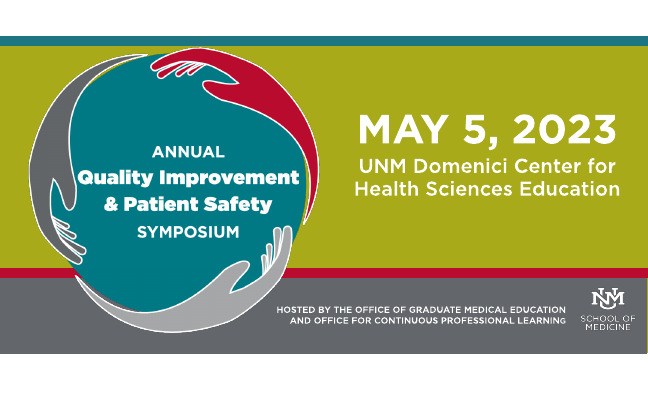Document Type
Poster
Publication Date
5-21-2021
Abstract
With the use of Electronic Medical Records (EMRs), there is a growing concern for the quality and safety of patient care among the sheer volume of information distributed and processed daily. Within the Veteran Affairs (VA) system, 37% of primary care providers report at least one patient missed test result within the previous two weeks leading to a diagnostic delay (Wahls and Cram 2007). Termed “view alerts,” these computerized notifications are the primary way information such as test results or nursing concerns are conveyed to the provider asynchronously. One study showed that VA providers received 58 “view alerts” per day (Hysong et al. 2010) with providers spending an average of 69 minutes processing these view alerts3 with an estimated 7% of abnormal laboratory and imaging being missed (Murphy et al. 2012). Most internal medicine residents will end up working in the outpatient setting and yet will receive little training on how to manage this aspect of primary care. In this project, we aimed to study the effects of a covering (surrogate) provider on the view alert system with the primary outcome being time to response by the provider and increasing the percentage of alerts that are managed primarily by the resident physician. Through chart review of over 12,000 view alerts, we found that a surrogate provider shortened the time to response of a view alert by more than 50% from a resident physician and increasing the percentage of view alerts that were first addressed by a resident. However, this did not necessarily lead to appropriate management as a large amount of actionable view alerts had no evidence of timely follow-up. Further investigation might include resident education on appropriate management of view alerts and evaluation of barriers to timely-follow-up. To promote patient safety, our project suggests that strategies such as a covering provider system could improve timely follow-up of test results or patient care messages. Such a system can also increase resident engagement and comfort with managing asynchronous view alerts, which will become a large component of their post-training work life.
Recommended Citation
Louie, Michael; Luke Yeager; and Angela Dunn. "The effects of a surrogate provider system for asynchronous computerized notifications of test results in a primary care resident clinic." (2021). https://digitalrepository.unm.edu/hsc_qips/48




Comments
Presented at the University of New Mexico Health Science 2021 Annual Quality Improvement and Patient Safety Symposium